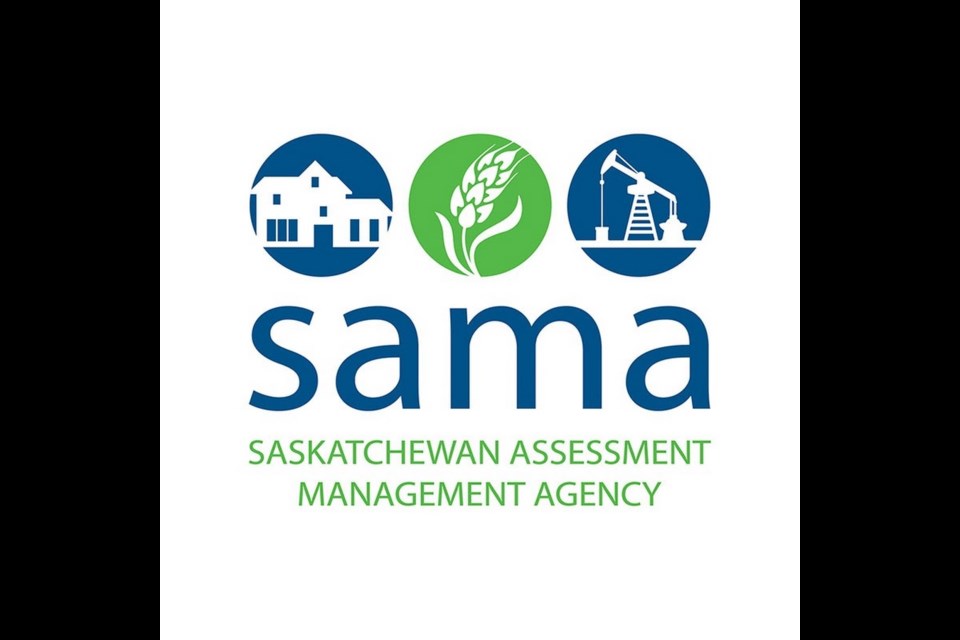The provincial agency that assesses properties has produced a fact sheet describing how it appraises properties in Moose Jaw and the process it uses when performing audits on municipalities’ assessment rolls.
The Saskatchewan Assessment Management Agency (SAMA) has been on the hot seat for the past year because of how it has assessed properties here. In particular, its revaluation in 2021 caused property taxes to fall for some big businesses and to rise for smaller shops.
It was most recently criticized when business owners Bernie Dombowsky and Kristy Van Slyck spoke to city council on Jan. 9 about the situation. They urged council to ask SAMA for a secondary audit to correct the assessment process, which it agreed to do.
Two days later, the agency produced a media information sheet about how it assesses properties here.
Assessments are retrospective, which means the date of a property’s valuation is in the past, the sheet explained. For the 2021 to 2024 cycle, property values reflect market conditions as of Jan. 1, 2019.
Service providers use mass appraisals because they are
concerned with valuing the property and not the business. Therefore, SAMA says it attempts to capture what is happening in the market on that base date.
The property income (rental) approach provides the most fair, reliable and accurate assessed values for commercial properties and rental apartments in areas with active lease and rental markets, the sheet said. This approach looks at the annual rental income and compares it to the selling price.
“The technical term for this comparison is called the capitalization rate (or cap rate). The cap rate is the relationship between a property’s rental income and the overall property value,” SAMA said.
Similar properties are grouped, while individual cap rates from sales are used to establish a rate that the agency applies to all properties in that group. So, the analysis of market data solely determines cap rates.
One criticism that Dombowsky and Van Slyck have raised is how the revaluation cycle created 17 new property categories from four. SAMA addressed that issue in the fact sheet.
“In Moose Jaw, the local commercial sales leading up to the base date indicated different markets for different types of commercial property. The sales did not support a single capitalization rate (cap rate) model,” SAMA said (emphasis added).
“Cap rates reflect the sales that have occurred in the local market and are used to determine property assessments. The cap rates that are applied to the different property types reflect the market for those property types.”
The agency highlighted how it successfully supported its assessment valuation models in Moose Jaw at the Saskatchewan Municipal Board in 2021 and the Moose Jaw Board of Revision in 2022. It also stressed that it has no authority to organize or advise either board.
“SAMA’s main concern when it comes to appeals is to have an assessment system that is stable and supportable,” it said. “The appeal process is designed to catch errors in assessment, and in this capacity, is an effective way to address issues of assessment.”
SAMA has no authority with taxation or implementing mill rates, which is the sole responsibility of municipalities, the sheet said.
Since the province recognized in 1997 that there would be cycle-to-cycle shifts with revaluation cycles, it introduced tax tools for municipalities to use. One tool allowed cities to phase in large assessment changes and mitigate large taxation shifts.
SAMA’s independent Quality Assurance Division handles the assessment roll confirmation process, undertaking annual confirmation and primary audits on all municipalities to ensure their assessments are prepared and administered while following applicable legislation, the sheet said.
“Quality Assurance is accountable directly to the SAMA board of directors through the managing director of quality assurance,” the agency said.
The confirmation audit reviews the accuracy and statutory compliance of an assessment roll, while the primary audit reviews compliance of appraisal level for improved sold residential and commercial properties.
The secondary audit — what Dombowsky and Van Slyck want — is a detailed or comprehensive action focusing on “matters of egregious statutory non-compliance. Issues that are likely to trigger a secondary audit are systematic issues of accuracy and compliance.”
For more information about SAMA, visit www.sama.sk.ca.




